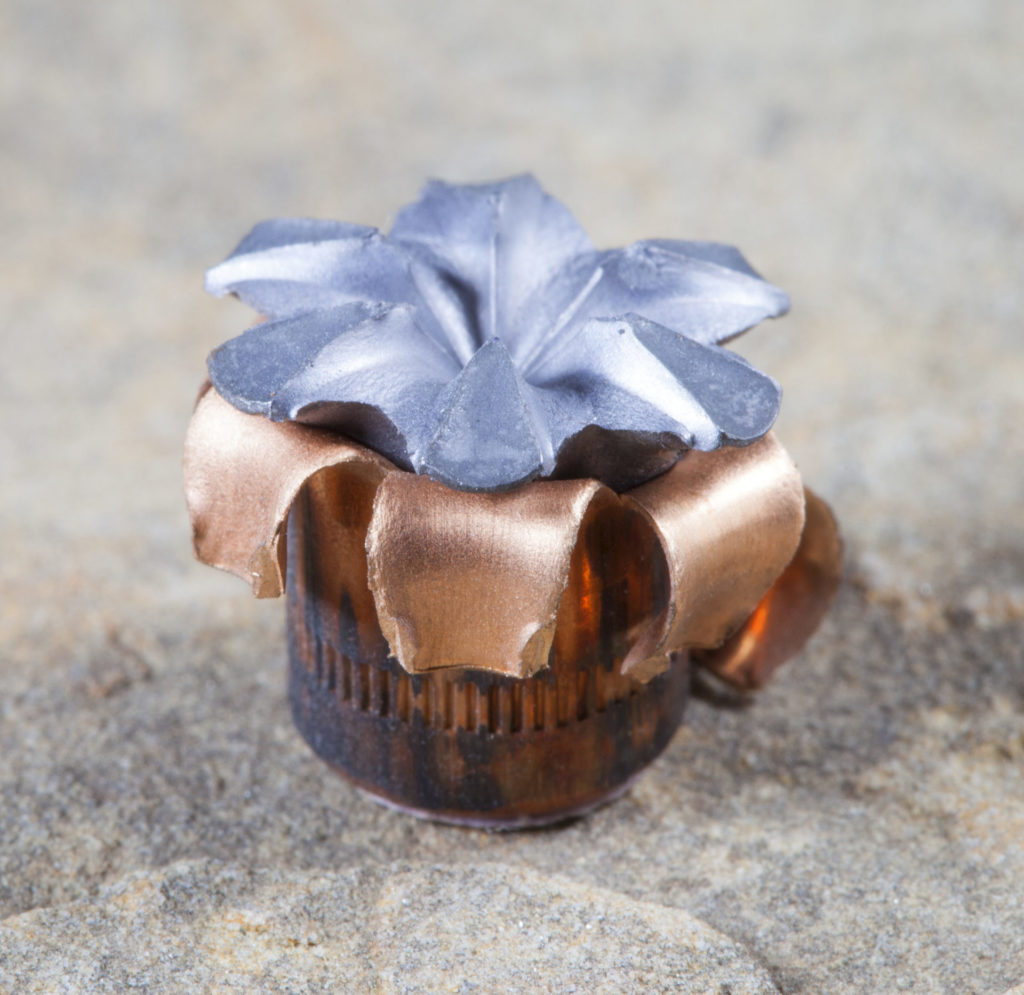No matter what your rifle and scope cost, your success is solely dependent on the bullet itself in that moment of truth. The bullet is one of cheapest things on your hunt; however, it has the most impact (pun intended). Most hunters have their favourites, but very few truly understand all aspects of bullet design and function.
Advertisement

Ballistics are divided into three basic categories: interior, exterior and terminal. Terminal ballistics (bullet performance) has always been a keen interest of mine. I have spent countless hours studying bullets, and even a few hours mixing ballistic gel to properly test them. While ballistic gel gives a very good idea of terminal performance under ideal circumstances, in the field, hunting, everything changes; sticks/branches, muscle, sinew, bones and joints all affect a bullet adversely.
A bullet endures extreme conditions from the moment it leaves the chamber on route to its terminal resting place. We all have the preconceived idea on how the perfect bullet should perform, and how it should look if it is recovered from the game animal. Well, the more I learn, the more I realize that there are just so many variables involved and as long as the animal is recovered, I am happy. I have recovered numerous bullets over the years, some almost that perfect mushroom, while others retained very little of their original build. The thing that they all have in common is they were recovered from dead game, which is the strongest indicator of them doing their job.
Advertisement
A bullet in flight spins at a very high RPM, imparted by the rifling in the barrel; this helps to stabilize the bullet, so it hits its intended target. It will almost never impact exactly perpendicular and only travel through soft tissue. The bullet will, more often than not, impact at an angle and hit solid objects such as sticks, bones, etc. These solid objects can impart instability, which cause the bullet to wobble or tumble, leading to the bullet not being able to expand and cause dramatic changes in its flight path. This instability can be further complicated by a marginal twist rate and rapid expansion of the bullet. Rapid expansion can cause massive wound channels and damage meat, but it also creates lightning-quick kills, provided the bullet does reach the vitals and not blow up. A bullet “tumbling” through an animal, going end over end, cannot expand properly. The bullet must balance expansion and penetration while it travels through the animal. If the bullet expands too fast, it will slow the rotation and lose its stability and then follow the path of least resistance – this is probably not where the shooter had intended the bullet to go. This in itself is not always the bullet’s fault; once again, there are many variables here.
Over the years, I was fortunate to participate in several culls overseas. The volume of game/animals that we shot on the various properties were well beyond my comprehension, coming from BC. While this isn’t hunting as we know it, it did allow me to examine firsthand how bullets performed in actual field circumstances. Several lifetimes of experiences were obtained in very short order. One of the biggest I learned was to expect the unexpected. I have witnessed things that I would have never thought possible, from dramatic successes to some pretty dismal failures.
Advertisement
We have all been conditioned to expect certain things in the gear we choose to use in the field. These expectations can come from generations of hunting, some of these expectations/claims we know to be incorrect or false due to the advancement of technology. I still try to recover all the bullets I can from game I take – they make great conversation pieces when several of us armchair ballisticians get together.